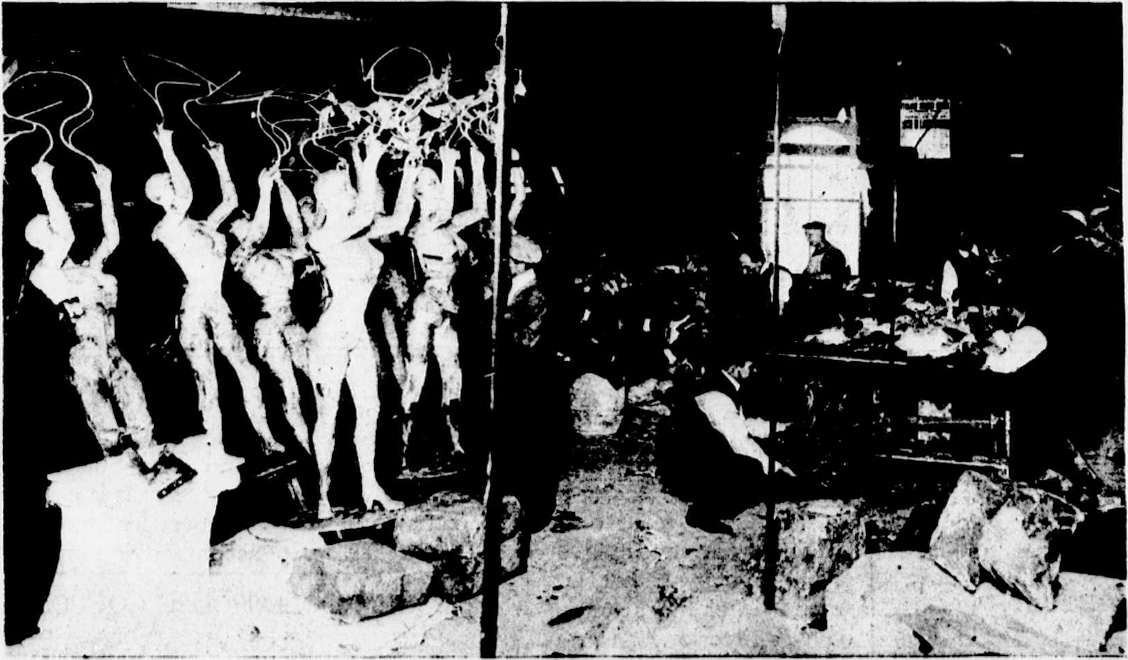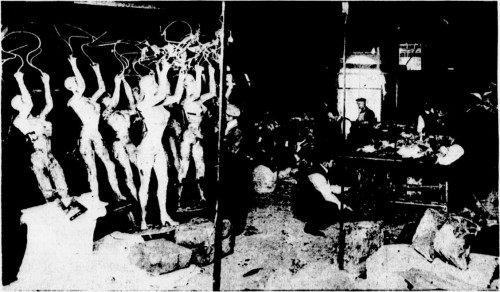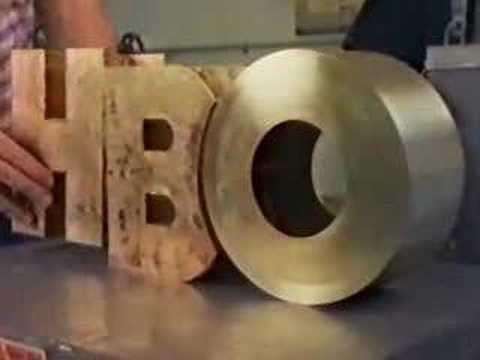All props people have their own tools they bring to work. Some of the tools are basic necessities that one should never be without, while others are specialty items that you rarely find at any shop. But if you are just starting out, what tools do you need? The Santa Fe Opera provides their incoming apprentices with a list of tools which they are required to bring. Obviously, their shop is well-equipped; these are just the personal tools which every props person should have. Think of it as a base-line set that you bring to every job, regardless of where it is or what you are doing.
The Opera has two different lists, one for the carpenters (who build the furniture and other fabricated items out of wood and metal) and the crafts persons (who do soft goods, casting and molding, and all other crafts). I’ve paraphrased them below.
For the carpenters:
- tape measure
- architect’s scale rule
- Phillips screwdriver
- slotted screwdriver
- drill and driver bits
- hammer
- end cutting pliers
- slip joint pliers
- diagonal cutting pliers
- adjustable wrench
- combination square or speed square
- utility knife
- 3/4″ wood chisel
For the crafts persons:
- needle-nose pliers
- fabric scissors
- craft scissors
- tape measure
- utility knife
In addition, though the shop has some of the following tools, they are so commonly used that they recommend bringing your own if you have them:
- precision cutting knife (X-Acto® knife)
- snap-off blade knife (Olfa® knife)
- bevel gauge
- cordless drill
- steel ruler
- vise grips
- ratchet and socket set (especially 1/2″, 7/16″ and 9/16″)
- box wrenches (especially 1/2″, 7/16″ and 9/16″)
- compass
Finally, while their shop has some safety gear, it is always a good idea to own a personal set of the following:
- respirator with organic vapor cartridges
- safety glasses
- hearing protection
- leather gloves
Again, these are the tools required by the Santa Fe Opera, and other work sites may require a slightly different set of tools. However, if you are just starting to build up your own personal tool kit, it is a good guide to refer to for the most commonly-used tools in a props shop.



